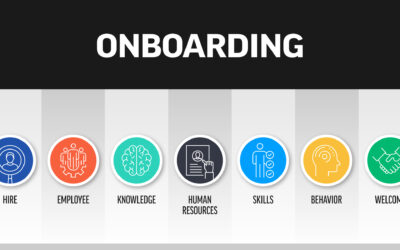Analytics is essential for any marketing campaign. Analytics tools are what you use during research to inform targeting and interpret results during and after the campaign.
It’s important to realize the application of behavioral analytics when you’re building your audience, as choosing the right metrics can mean the difference between a successful campaign and a lost opportunity. We’ll also look at ways not to go too far when refining your audience.
What is behavioral analytics?
Think of your marketing campaign like a car. Advertising dollars are the fuel, and research is the engine. However, some car engines perform poorer than others, which is the difference between good research and bad research.
Put another way, behavior analytics is best read in large chunks of data averaging hundreds or thousands of pieces of data that represent user activity. From that, marketing analysts can detect patterns that create qualities or characteristics of their audience.
An example of behavioral data could be a recurring question that customers continue to ask. Perhaps it’s a clarifying question or a comparison question that many people are asking. Well, that can be regarded as a type of behavioral data that can be used to improve messaging, product design, sales procedure—you name it.
Knowledge is key
Businesses that understand customer intent will outperform their competitors because they have the know-how to deliver the rightmessage to the right audience, not just a blanket message to a wide reach of recipients.
The key to leveraging behavioral analytics is seeking first to know the customer’s problems, wants, needs, and current modes of solving them beforecrafting a marketing message.
Understanding consumer behavior affects more than just outbound marketing strategies. It can benefit sales teams as well. A knowledgeable sales staff equipped with the awareness of their target audience’s patterns of problems and needs will serve them in appealing to those patterns straight out of the gate. It’s what leads to more likely success when negotiating with prospects.
Avoid alienation
One of the pitfalls to avoid when classifying your consumer data is narrowing your audience too much. That’s a big no-no.
When you hone your focus too intently on a specific subset of individuals to receive your brand messaging, it can limit your reach far tighter than you need to and can create the appearance that your brand is deliberately catering to a certain demographic, implying that it’s not meant for others.
While it’s partly true that every brand will have a primary demographic and demographic sales patterns, it’s not always a good idea to broadcast that you only care about sharing your brand with that audience. In a nutshell, it can be viewed as stereotyping your audience.
Read the room
The moral of the story is that you should dedicate the time and resources to reading practically any data you collect. If you’re not reading into it, then why are you collecting it? You can put it to better use.
You now have a glimpse of what you need to start analyzing consumer behavior. Provided that your organization has methods to record it, almost any type of data can yield potential for positive action. Go forth.
Katie Brenneman
Katie Brenneman is a passionate writer specializing in lifestyle, mental health, education, and fitness-related content. When she isn't writing, you can find her with her nose buried in a book or hiking with her dog, Charlie. To connect with Katie, you can follow her on Twitter.






